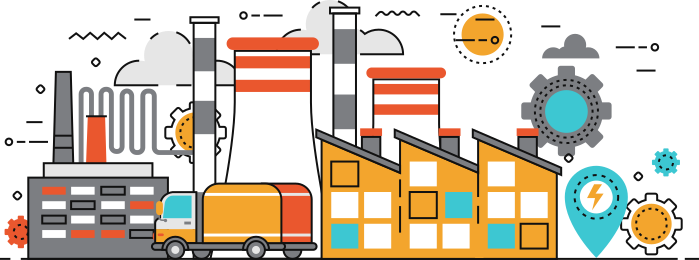Introduction

In the chemical sector, Enterprise Resource Planning (ERP) solutions stand out for providing unmatched control over complex processes. Before committing to any major investment, it is essential to conduct a comprehensive cost-benefit analysis. This article explores the direct and indirect financial impacts of ERP systems within the chemical industry.
Understanding the Cost of ERP Investments: Initial Expenses

Investing in an ERP system begins with upfront costs, including software purchases typically through subscriptions or licensing fees and expenses for servers and integration devices. These form the foundational infrastructure of your ERP system.
Implementation Costs

The true challenges lie in customizing the system, integrating it with existing technology, migrating data, and managing change through training. Each of these requires careful budgeting and strategic planning.
Continuous Spending

ERP systems require not only initial implementation but also continuous support and maintenance, regular updates, and periodic training. These recurring costs are vital for the long-term performance and scalability of the system.
Assessing ERP's Financial Advantages in the Chemical Sector

Automation within ERP systems enhances operational efficiency by reducing manual tasks. Better inventory control and production scheduling accelerate processes, reduce waste, and save time.
Improved Risk Management and Regulatory Compliance

ERP systems help comply with strict industry requirements by enhancing batch management and material tracking, which are essential for compliance and safety.
Cost Savings

Operations cost reductions are often substantial as a result of the efficiencies that ERP systems bring about. By lowering overstock and associated costs, improved demand planning and inventory management also contribute to cost reduction.
Flexibility and Scalability

ERP systems scale with your business, allowing operations to expand without exponential cost increases. They also assist your company remain competitive by readily adapting to changes in the industry.
Measuring Real Profits Better Ability to Make Decisions

ERP systems empower managers with real-time data and analytics, enhancing decision-making and enabling faster, more informed responses to operational challenges.
Client Happiness

Enhancing customers satisfaction through better service delivery and responsiveness can lead to increased market share and loyalty from customers.
Competitive Advantage

ERP systems give businesses a competitive edge by facilitating operational efficiency and flexibility, which positions them as leaders in efficiency and innovation within their respective industries.
A Step-by-Step Guide to Conducting a Cost-Benefit Analysis

Essential steps in any Chemical Industry ERP cost-benefit analysis include identifying all possible expenses and benefits, defining them when possible, and calculating ROI and payback periods. Accurate assessments depend on selecting the right tools and avoiding common pitfalls, such as underestimating recurring costs in implementing chemical ERP Software.
Call to Action

We would be happy to hear about your experiences with ERP For Chemical and how chemical ERP Software has impacted your operations in the industry. Let’s continue the conversation on maximizing returns from ERP systems tailored for the chemical sector.
Conclusion
This discussion underscores the importance of conducting a detailed cost-benefit analysis before implementing a Chemical Industry ERP solution. When approached strategically, chemical ERP Software can offer substantial long-term benefits, including enhanced efficiency and better decision-making across operations.







